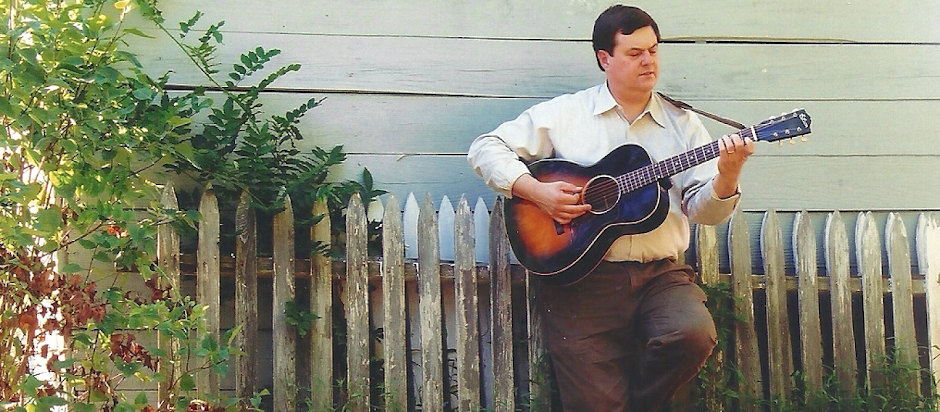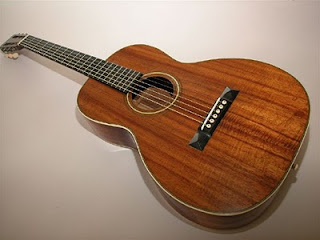Legendary Love Songs
______________________________________
You must remember this
a kiss is just a kiss,
a sigh is still a sigh
the fundamental things apply
as time goes by.
Some of Ken Lelen's programs are Legendary Love Song concerts. These special events are filled with romantic ragtime, jazz and swing tunes that are notable for their memorable melodies, lilting lyrics, sophisticated rhymes and heartfelt sentiments. Audiences say these concerts evoke and express all the emotions of romantic affairs, special relationships, nostalgic memories, even moonlit nights.
"Ken Lelen's real passion is in delivering the honesty of the emotions expressed in these old songs," the Princeton Packet said. So expect a heartfelt performance of classic love songs, some of which may include:
It Had To Be You © 1924 - Isham Jones & Gus Kahn
Someone To Watch Over Me © 1926 - George & Ira Gershwin
Tip-Toe Thru' The Tulips © 1929 - Al Dubin & Joe Burke
Can't Give ... Anything But Love © 1928 - Jimmy McHugh & Dorothy Fields
Stardust © 1929 - Hoagy Carmichael & Mitchell Parrish
Tip-Toe Thru' The Tulips © 1929 - Al Dubin & Joe Burke
Can't Give ... Anything But Love © 1928 - Jimmy McHugh & Dorothy Fields
Stardust © 1929 - Hoagy Carmichael & Mitchell Parrish
Georgia On My Mind © 1930 - Hoagy Carmichael & Stuart Gorrell
Embraceable You © 1930 - George & Ira Gershwin
On The Sunny Side Of Street © 1930 - Jimmy McHugh & Dorothy Fields
Exactly Like You © 1930 - Jimmy McHugh & Dorothy Fields
On The Sunny Side Of Street © 1930 - Jimmy McHugh & Dorothy Fields
Exactly Like You © 1930 - Jimmy McHugh & Dorothy Fields
As Time Goes By © 1931 - Herman Hupfeld
I'm Thru With Love © 1931 - Gus Kahn & M Malneck & F Livingston
Let's Fall In Love © 1933 - Ted Koehler & Harold Arlen
Love Is Just Around Corner © 1934 - Leo Robin & Lewis Gensler
I'm In The Mood For Love © 1935 - Jimmy McHugh & Dorothy Fields
These Foolish Things © 1936 - Holt Marvell & Jack Strachey
Love Is Here To Stay © 1938 - George & Ira Gershwin
Taking A Chance On Love © 1940 - John LaTouche, Ted Fetter & Vernon Duke
Let's Get Away From It All © 1941 - Tom Adair & Matt Dennis
It's Been A Long, Long Time © 1945 - Jule Styne & Sammy Cahn
Time After Time © 1947 - Jule Styne & Sammy Cahn
Time After Time © 1947 - Jule Styne & Sammy Cahn
On A Slow Boat To China © 1948 - Frank Loesser
Tennessee Waltz © 1948 - PeeWee King & Redd Stewart
You Belong To Me © 1952 - PeeWee King, Redd Stewart & C Price
In addition to singing love songs, Lelen pairs each tune with playing of a vintage acoustic guitar for a memorable combination of music, melody and sentiment. Each guitar is striking for its tone, character and sustain without use of pick-ups or electronics.
"People of all ages love these songs," Lelen said. "And they're pleasantly surprised by the robust sound and classy look of the vintage guitars."
Someday, when I'm awfully low,
when the world is cold,
I will feel a glow just thinking of you
and the way you look tonight.
_________________________________________________________
_________________________________________________________
© 2010 Ken Lelen — All Rights Reserved

+%231+copy.jpg)
+copy.JPG)

.jpg)
+%231+copy.jpg)
+copy.png)







